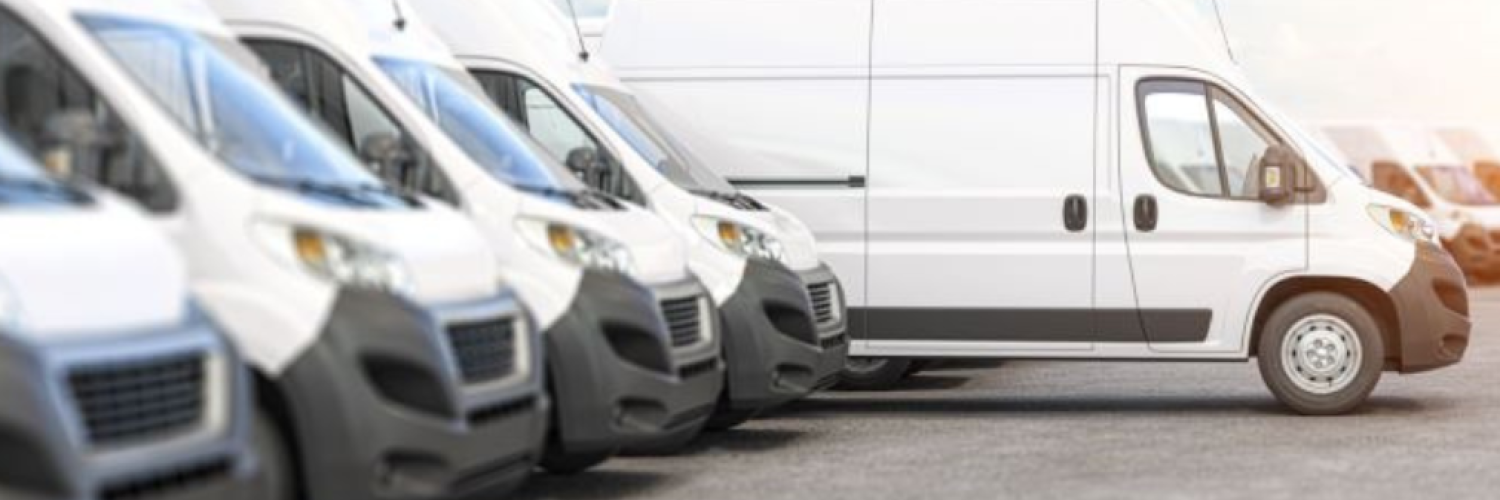The 2024 Arval Mobility Observatory Barometer asked fleets how they were using, or were considering using, three classes of electric van as they transitioned from diesel.
Out of those operating small vans, 38% said they would be used to cover more than 100 miles daily, compared to 25% below. For medium vans, the figures were 37% over 100 miles against 24% below, and for large vans, 35% over 100 miles against 28% below.
The research also asked businesses about which operational measures they had introduced for van operation as they moved towards greater electrification.
Fleets said they were concentrating on using electric vans where a lower payload was possible (30%), where drivers won’t have to recharge on-the-go (28%), where charging was available (25%) and where there was no need for towing (20%).
John Peters, Head of Arval Mobility Observatory in the UK, said: “These are new questions for the Arval Mobility Observatory in 2024 and reveal some very interesting trends in terms of how van fleets are handling electrification.
“More than anything, they show a highly practical approach to adoption. These operators are working around the current limitations of their electric vans, by using them in operational roles for which they are better suited – for example, carrying lighter loads or avoiding towing.”
He added that the data showing large numbers of fleets adopting electric vans for longer daily routes was highly encouraging.
“The results clearly show that, across small, medium and large electric vans, many fleets are either operating or planning to operate vehicles on daily routes of more than 100 miles. Overall, this indicates that while they are closely managing their BEVs in terms of practical limitations, the majority aren’t limiting them to local routes only. These electric vans are being adopted to cover 25,000 miles a year or more.
“As fleets become more familiar with electric vans, it’ll be very interesting to see how this situation develops. They will become increasingly familiar with their operational strengths and learn to use them in an optimal manner. Also, of course, we expect new designs to appear relatively quickly, with each generation incrementally reducing current limitations.”
All of these findings are taken from the 2024 Arval Mobility Observatory Barometer, which questioned 8,605 businesses in 30 countries about their vehicle operations.

